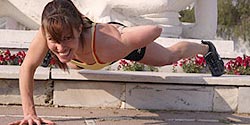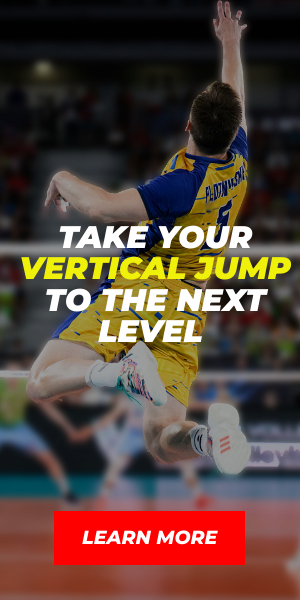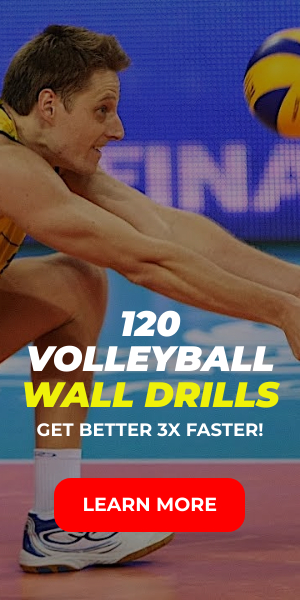This is an area that I have spent many years working on with many athletes. If you want more spring in your sport or power in your hips then read on!
Whether there have been male or female the goal was always the same…Jump higher! Aside from affixing springs to their feet I have tried all the techniques and here are some that can work for you!
Can’t Jump?
It’s true, jumping is way harder than it seems. Lots of athletes struggle with getting off of the ground. Fear of heights? No, just a body that hasn’t been taught what to do. Often athletes haven’t learned how to take off and are jumping only with their legs, which if you are gifted with limbs full of fast twitch fibre you might get somewhere. However, most of us are not miracle workers and we need the help from our feet, hips, arms and core for a really good jump. Don’t forget to learn how to land as well! When you are jumping in sport (header in soccer, block in volleyball, shot in basketball etc) you usually have to move upon landing and either change direction and/or sometimes jump again. If you are landing poorly (knees knocking, heavy landing, stiff joints etc) you will not be ready for the next movement and can set yourself up for injury!
Prerequisites!
This is your reality check. So many athletes wonder why they can’t jump but they have not addressed the basics! If you have not addressed all of the following then your jumping may be compromised. Are you pain free? Even small joint pain in the foot will affect your jump and more so if it is in the knee, hip or trunk. Make sure you address any nagging injuries that might be holding back your jump. Do you have suitable joint range of motion? For example, if your ankle does not have normal range of motion then you will end up using your knees or hips in a less than optimal movement pattern to get the range of motion! Core strength is another key area. In order to get your highest jumps you are using your entire body-arms too. The key for your arms to add to your jump is the energy transfer through your trunk or core. Coordination is another factor that enables you to take the power in different body parts and apply it when and how you want to. If you are uncoordinated then your limbs may not be timed for jumping when you need them to contribute! These are simple factors but if ignored will compromise your jumping ability!
Mechanics of Jumping
Without breaking down the multiple angular accelerations let’s talk a bit about what you can control when you break down different parts of the jump. To keep it simple for this short newsletter we’ll stick to take off and landing. When you are taking off, the timing and coordination are key in order to create the elastic tension that enables us to spring into the air. So, like an elastic, our muscles create energy when we apply a stretch or counter movement to a jump. If we do not use a counter movement (jump from standing straight up) or we hold a stretched position too long (sinking down and holding without jumping) we lose the optimal energy potential for a jump. This is where we need to use the appropriate countermovement and timing in our take off to get the best we can from our jump in the given sporting situation. When it comes to landing, it is highly unlikely that you will be able to relax upon landing. You will have positional demands to backpedal, jump again, move laterally etc. Because of this it is very detrimental to land hard or stiffly. You will be far more effective and possibly beat your opponent by landing lightly and being ready to change direction or premeditating which way you will move! Practicing quiet landingsand direction changes after jumping will make a huge difference to your reaction time and second jumps!
You have jumped through these hoops, in the next part of our article you can check out my tips if you want more vertical!
Thanks to Paul Duerden and Kari Schneider for permission to publish this article. Check out their site empowerconditioning or follow them on facebook.





